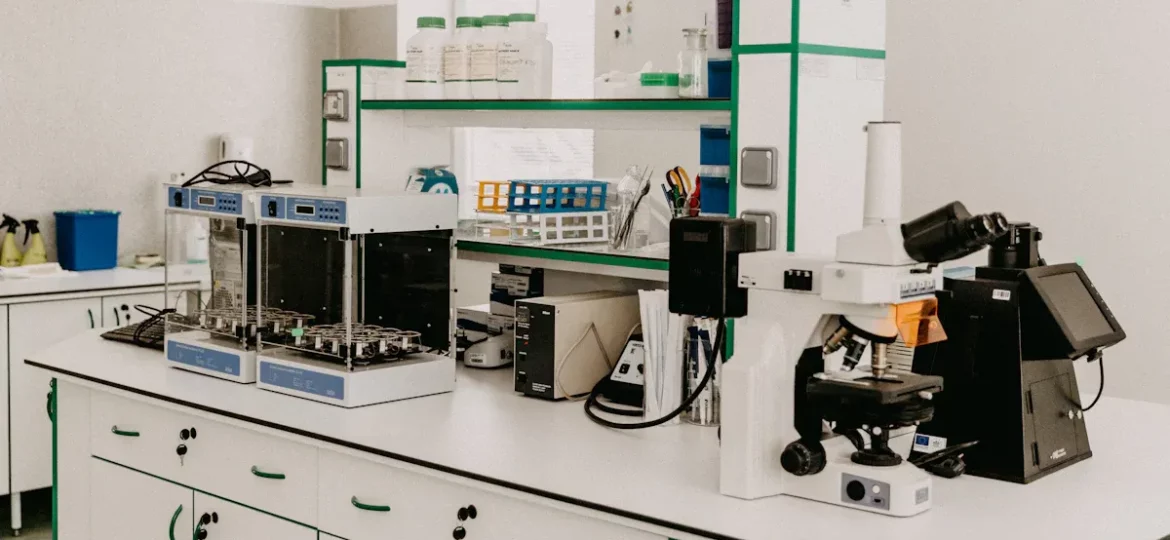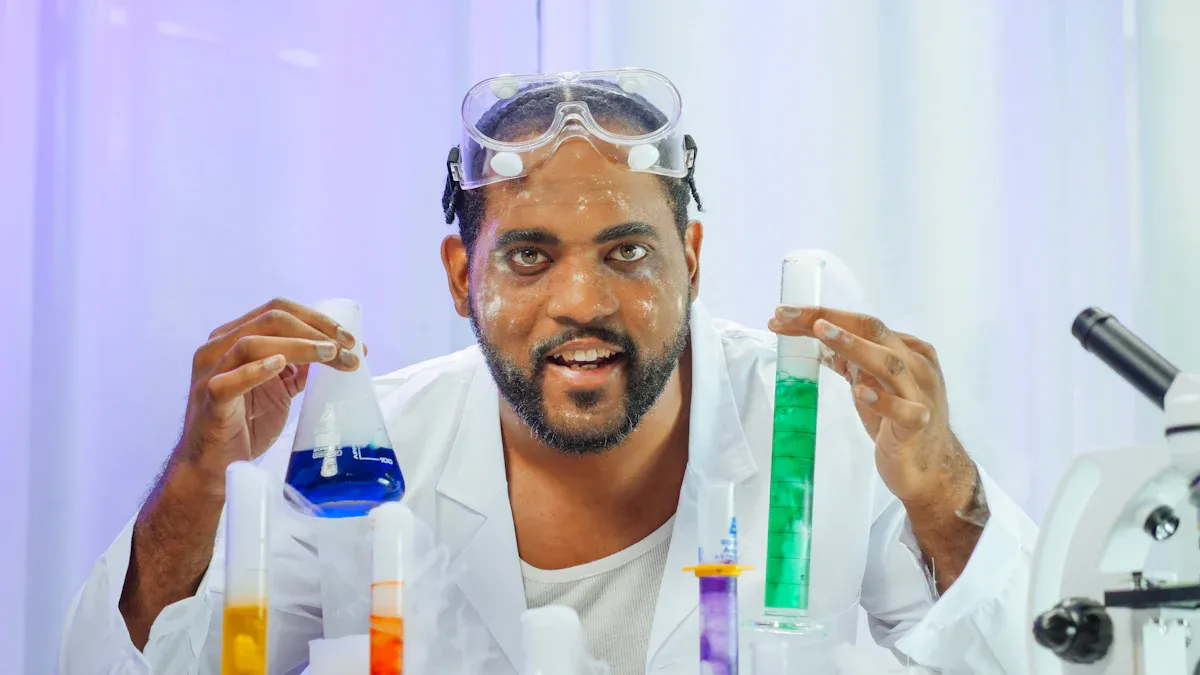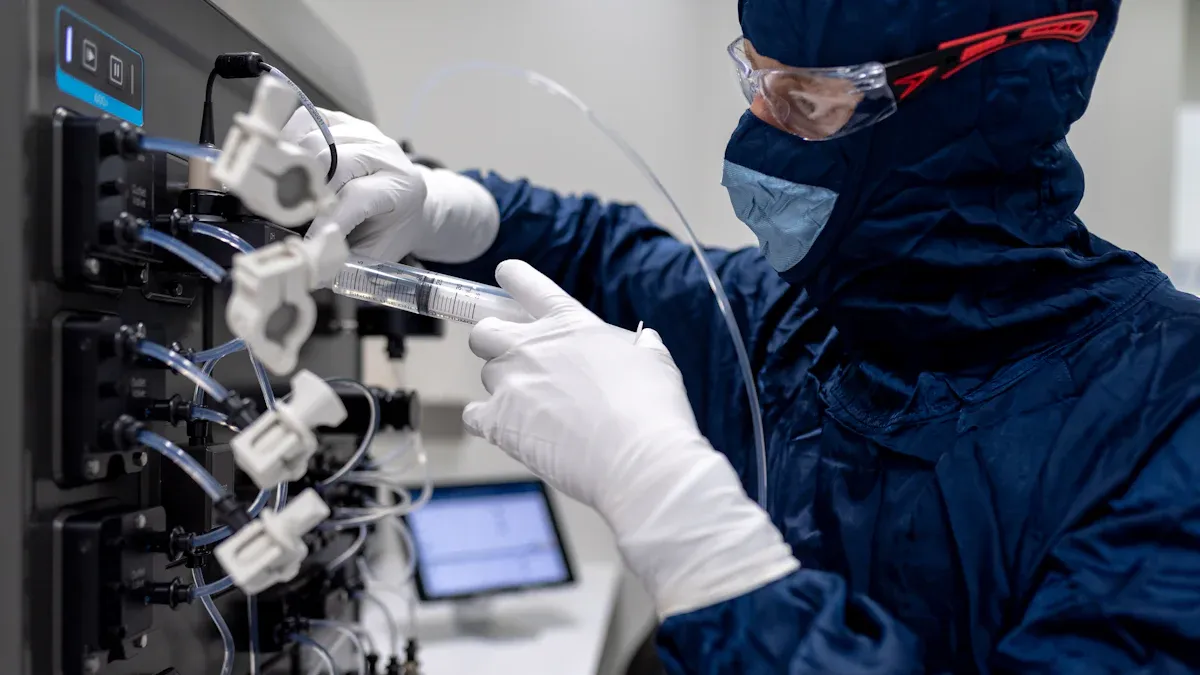

Good material testing is crucial for developing new products, ensuring product quality, and advancing scientific research. Even minor errors in testing can lead to significant issues, such as product failures or misinterpretations. Laboratory Coating Systems are an essential tool for addressing these testing challenges. They enhance the accuracy of testing, particularly for surface analysis and sample preparation. These systems offer exceptional control, which in turn makes testing results more reliable. This leads to substantial improvements in material quality and more precise laboratory material testing, ultimately elevating the overall quality and outcomes of all testing endeavors.
Role of Coatings in Testing Accuracy

Defining Testing Accuracy
Testing accuracy means test results truly show a material’s actual properties. This is crucial for product reliability and safety. Accurate testing ensures products perform as expected. It also helps maintain high quality standards. Without accuracy, engineers might make wrong decisions about materials. This could lead to product failures or safety risks. Therefore, precise testing is a cornerstone of successful product development and scientific understanding.
Surface Variability Challenges
Uncontrolled surface properties often compromise testing results. For example, surface roughness or contamination can significantly alter how a material behaves during a test. A rough surface might show different wear characteristics than a smooth one, even if the bulk material is identical. Contaminants can interfere with adhesion tests or electrical conductivity measurements. Such variations lead to unreliable data. They make it hard to compare results across different samples or experiments. This lack of consistency hinders effective material research and development.
Introduction to Laboratory Coating Systems
Laboratory coating systems are special tools. They control and change material surfaces. This is for testing. These systems make samples ready. They apply even coatings. This removes surface differences. For example, a lab film applicator makes a smooth layer. Scientists can study surface properties. There is no interference. These laboratory coating systems are key. They help get high accuracy. This is needed in material testing. They help researchers get good data. This makes their work better.
Precision and Uniformity for Accuracy


Lab coating systems are key. They make testing very exact. They make surfaces very even. Every test sample is the same. This sameness helps get good data. It makes data easy to compare.
Achieving Homogeneous Coatings
Many ways make coatings even. They make them the same thickness. They make them the same mix. This sameness is key for good tests. PVD makes thin films. It heats a material. Then it puts it on a surface. CVD uses chemicals. They make coatings. ALD builds coatings. It adds one layer at a time. This gives great control. Spray coating uses a tool. It puts liquid on a surface. It makes it even. Each way helps make coatings even. This means scientists can trust results. Surface changes will not mess up tests. This exact coating helps material research.
Eliminating Contamination
Lab coating systems have clean spaces. They stop outside stuff. They stop flaws. These systems work in clean rooms. Or they work in vacuum rooms. This stops dust. It stops oils. It stops other dirt. Dirt can change materials a lot. It can make tests wrong. Coating systems remove this dirt. They make surfaces very clean. This clean space is key for sensitive tests. It makes sure changes come from the coating. Not from dirt. This careful work makes all tests better.
Reproducibility of Samples
Making tests the same is key. It helps get good data. Lab coating systems help do this. They put on coatings the same way. Every time. Each sample is the same. It has the same thickness. It has the same mix. It has the same finish. Scientists can then compare results. They can trust them. This sameness helps with data study. It helps check findings. Lab systems also make testing coatings easy. This makes data study easier. This control means differences in tests. They come from what is studied. Not from how samples were made. This leads to better data. It leads to stronger findings.
Change Materials for Tests
Lab coating systems let scientists change material surfaces. This gets samples ready for certain tests. These systems help us know how materials act. They work in different situations. They make many material traits better. These include fighting rust. They also include hardness. They include color. They include fighting solvents. They do this with good testing. This makes sure of high quality.
Changing Hardness and Wear
Coatings get samples ready for tribological testing. This test checks how surfaces touch. It looks at rubbing and wearing. Coatings change how hard a surface is. They also change how much it wears. For example, a hard coating makes a material stronger. It fights scratches better. It fights rubbing better. This test shows how long a part will last. It helps pick the right material. This is for hard jobs.
Stopping Rust
Protective layers are key. They are for testing how things act outside. These layers keep materials safe. They stop rust. They stop chemical attacks. Scientists use lab coating systems. They put on these layers. This helps check how well things fight rust. They can test how well a material handles salt spray. Or harsh chemicals. This test makes sure materials stay strong. They stay working in tough places.
Changing Light and Power Traits
Coatings can change surfaces. This is for special checks. They change how light acts. They change how power acts. For example, a coating can make a surface reflect light in a new way. It can also change how power moves on it. This lets us test new electronics. Or light devices. This skill is key for new material study. It helps make new tech.
Making Layers
Lab coating systems make many layers. These layers are like real-world uses. They help check traits like superhydrophobicity. This means a surface pushes water away well. Changing how much color is in a coating. This can change how it looks. It can also change how it works. This lets us test complex materials well. It makes sure the final product is good.
Advanced Characterization Capabilities
Lab coating systems are very good. They help scientists study materials. They give better ideas. They show how materials act. They make sure data is good. This is for all tests.
Improved Adhesion and Interface Studies
Layers can be bonded well. This helps study how things stick. It measures how strong the stick is. A “Pull Off” test checks bond strength. Coating systems make these layers. They make sure layers are even. This helps us know how materials stick. Researchers get good data. This helps make stronger products.
Reduced Sample Preparation Variability
Machines apply coatings. This means fewer mistakes. Samples are more alike. This makes tests more true. Machines make each sample the same. This means test results are better. It stops human errors. This sameness is key for good tests. Differences in tests come from the material. Not from how samples were made.
Facilitating Microstructural Analysis
Coating systems make good surfaces. These surfaces are great for microscopes. They are also good for other tests. Scientists can look at tiny parts. This includes grains and flaws. Good tests from lab systems predict how coatings work. They show how coatings handle things. This care helps study materials. It makes new materials good. This testing helps make many materials better.
Industry Impact and Benefits
Laboratory coating systems help many industries. They make products better. They make them last longer. These systems keep high standards. This is for many uses.
Aerospace and Automotive Reliability
Coating systems make things very exact. This makes parts reliable. Parts last longer. This is true for planes and cars. Special coatings protect plane engines. They stop extreme heat. They also protect car parts. They stop wear. Testing these coatings is strict. It makes sure they work well. This stops costly failures. It makes things safer. Makers use exact coating. They test it well. This meets tough industry rules.
Biomedical Device Optimization
Coating systems make medical devices better. They make them work well with the body. Coatings on implants help. They stop the body from rejecting them. They also make devices work better. Good testing proves these coatings are safe. It proves they work. This helps make better medical tools. It helps make better implants. Exact coatings are key. They help patients stay well.
Electronics Performance Enhancement
These systems make electronics better. They help them conduct power. They help them insulate. Thin, even coatings protect small parts. They stop short circuits. They make signals better. This makes electronics work better. They are more reliable. New material study in this area helps. It makes smaller, stronger gadgets.
Energy Sector Durability
Coating systems make energy materials better. They make them last longer. Coatings protect solar panels. They stop harm from weather. They also make wind turbine blades last longer. This makes more energy. It costs less to fix things. Good lab testing finds problems. It makes sure coatings protect well. They stop harm from bad weather. This includes chemicals. It includes wear.
Other labs help coating makers. They help them make good coatings. These are for certain places. This makes sure products are good. It makes them faster to make. This testing is very important. It finds problems. It makes sure coatings protect things well.
Lab coating systems make testing materials much better. They control how surfaces act. They make all samples the same. They let us change material traits exactly. This control makes all lab tests better. It gives us more trusted facts for material study. This better accuracy helps new ideas come faster. It helps make safer products. It helps make stronger products. It helps make better products. This is true for many businesses. These tools are very important. They are key for today’s material science. They are key for future material testing. They will become even more important. This is for making samples ready. This is for exact coatings. This makes sure all material testing is good.

